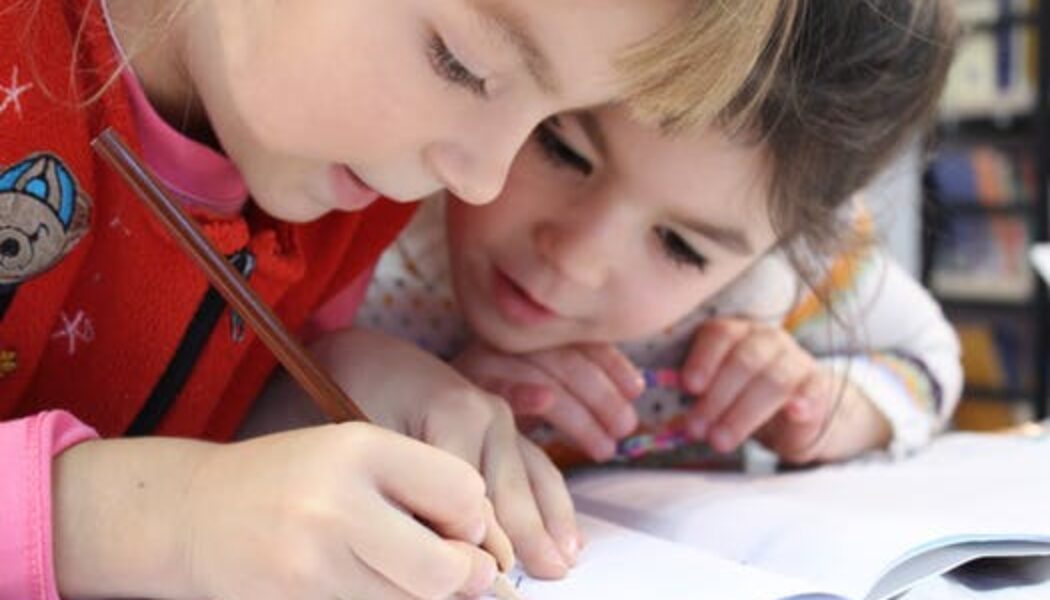For many afterschool programs having an academic piece that really does make a difference in the lives of their students seems an elusive goal.
With more and more stress being placed on afterschool programs demonstrating how their activities improve the academic achievement of their students, it has become increasingly important to understand what fosters this kind of success.
One way to evaluate whether academic activities will produce the desired results is to look at them through the lenses of positive youth development and whether or not the afterschool program provides the kind of setting that is conscientiously geared towards improving student performance.
In 2002, the National Research Council released its study entitled Community Programs to Promote Youth Development.
In their research, they found eight features that were evident in the youth development settings that were the most successful. What is most interesting is that all of these features, when properly employed, are also highly effective in creating an environment conducive to learning. In other words, one of the best outcomes of a setting that encourages positive youth development is how it enhances how students perform academically. The following chart defines each of the eight features and offers the rationale and example behind why each of these features helps to create a safe and effective learning environment.
Features of Positive Development Settings:
Physical and Psychological Safety:
- Description: Safe and health promoting facilities: practices that increase safe peer group interaction and decreases unsafe or confrontational peer interactions.
- Academic Rationale and Examples: Environment where students can ask questions, give answers (right and wrong ones), and take academic risks without fear of ridicule. Opportunities to work cooperatively in small groups.
Appropriate Structure:
- Description: Limit setting – clear and consistent rules and expectations; firm-enough control; continuity and predictability; clear boundaries; and age-appropriate monitoring.
- Academic Rationale and Examples: Dedicated time and positive classroom environment focused on work completion. Adequate breaks and appropriate schedule allowing for students’ age-appropriate attention span and cognitive development.
Supportive Relationships:
- Description: Warmth; closeness; connectedness; good communication; caring support; guidance; secure attachment; and responsiveness.
- Academic Rationale and Examples: Be able to acknowledge their need for help and willingness to seek it from staff members. Staff members demonstrate a love of learning and value education. Acknowledgement and praise of academic successes, no matter how small.
Opportunities to Belong:
- Description: Opportunities for meaningful inclusion, regardless of one’s gender, ethnicity, sexual orientation, or disabilities; social inclusion, social engagement and integration; opportunities for socio-cultural identity formation; and support for cultural and bicultural competence.
- Academic Rationale and Examples: Knowledge about the students themselves and others around them. A setting where students can share what is important to them and their families and activities that seek to find things in common. Sharing of traditions and cultural identities.
Positive Social Norms:
- Description: Rules of behavior: expectations; injunctions; ways of doing things; values and morals; and obligations of service.
- Academic Rationale and Examples: Creating a setting where getting a good education is believed to be essential to success in life. Seeing the role of peer tutoring as a means for sharing gifts and abilities with others.
Support for Efficacy and Mentoring:
- Description: Youth-based; empowerment practices that support autonomy; making a real difference in one’s community; and being taken seriously. Practices that include enabling; responsibility granting; and meaningful challenge. Practices that focus on improvement rather than on relative current performance levels.
- Academic Rationale and Examples: Focus on student moving forward regardless of their present ability level. Seeing the future through positive eyes. Belief in the students’ abilities to reach their goals and implementation of activities that focuses on creation and planning for that future. Belief that students can and will learn.
Opportunities for Skill Building:
- Description: Opportunities to learn physical, intellectual, psychological, emotional, and social skills; exposure to intentional learning experiences; opportunities to learn cultural literacy, media literacy, communication skills, and good habits of mind; preparation for adult employment; and opportunities to develop social and cultural capital.
- Academic Rationale and Examples: Academic activities that focus on students acquiring the following skills: Literacy/Study skills; Communication/problem solving/conflict resolution skills; Goal building/healthy decision-making skills.
Integration of Family, School, and Community Efforts:
- Description: Concordance; coordination; and synergy among family, school and community.
- Academic Rationale and Examples: Tied to regular day curriculum and California State Standards; Learning that goes home and is shared with their family; Activities that involve the students with their communities.
Perhaps the most important thing to remember when programming afterschool academic activities is that no matter how carefully planned they are, their effectiveness rests on the people that implement them. Staff members who understand and can build positive rapport with students become significant to them. Significant relationships bring significant results in building lifelong skills in our students. As Dr. James Comer so eloquently states: No significant learning occurs without a significant relationship. Creating a setting focused on positive youth development can go a long way in helping students achieve academically.
Resource:
Executive Summary, Community Programs to Promote Youth Development. National Research Council (2002) Washington, DC: National Academy Press.
For breakfast, I had Eggo Waffles with applesauce!
Author Profile: @gkgorke
